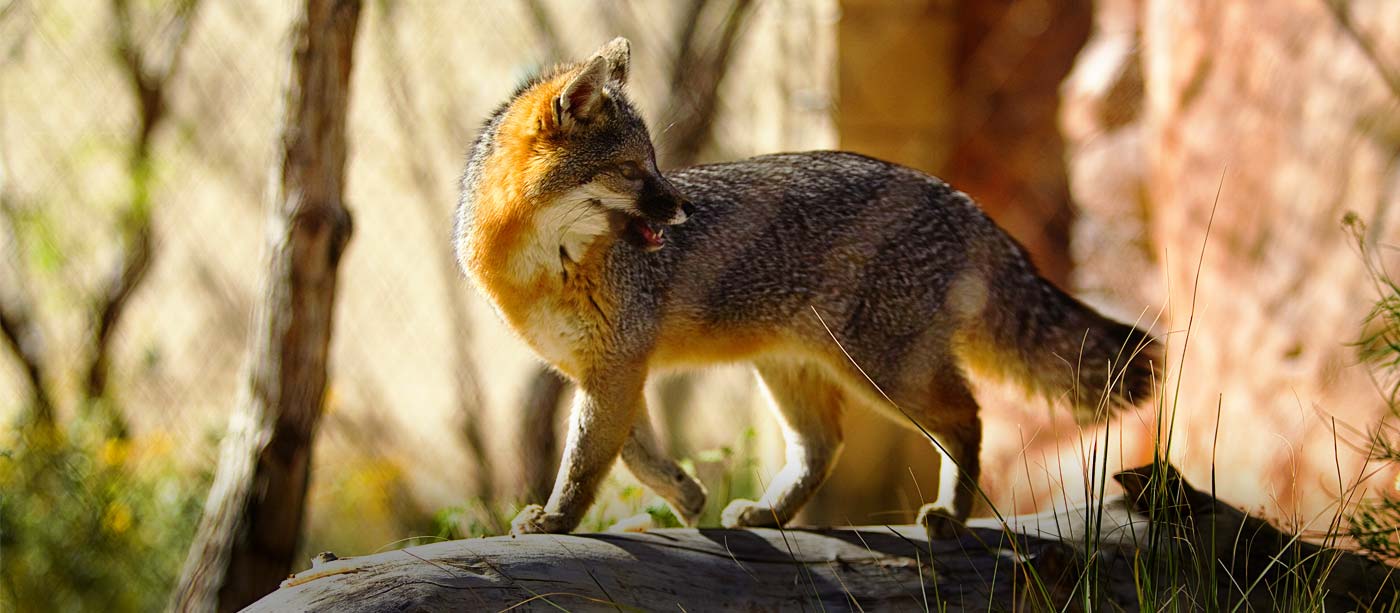The Springs Preserve is a hotspot for native wildlife. In addition to the live animal exhibits, we're also home to more than 250 species of native wildlife living in natural and restored habitats along our trails and pathways. As you explore the Springs Preserve, you’re likely to spot free roaming ground squirrels, lizards, insects and more!
Coyotes are often sighted on property in natural areas along our trails and wetlands, and are a natural occurrence in Southern Nevada. Seeing one is not cause for alarm. The Nevada Department of Wildlife offers these tips for encounters with coyotes and other wildlife in our urban environment.
Mojave Max on the Move
Our desert tortoise habitat houses a small group of tortoises, including the immensely popular and iconic Mojave Max.
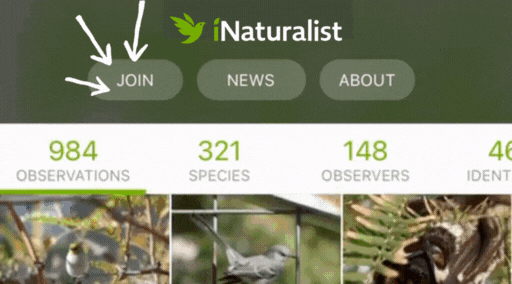
Document Your Wildlife Encounters
Join the Springs Preserve on iNaturalist and help us document the wildlife and other biodiversity you encounter during your visit.Spots where you’re sure to see wildlife include:
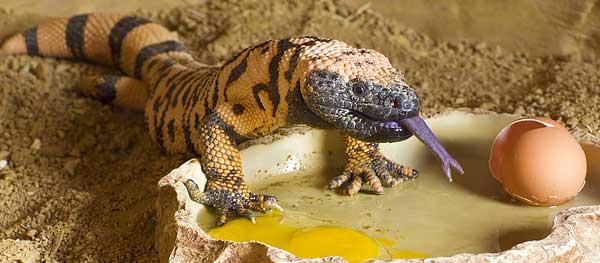
Live animal exhibits
Gila monsters, cottontail rabbits, snakes, lizards, a gray fox, and more! There’s plenty to see in our live animal exhibits, located within the Origen Museum.
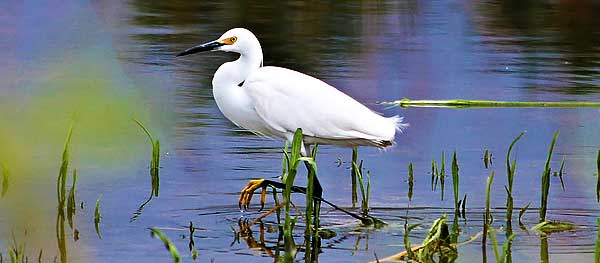
Wetlands & Bird habitats
View a list of birds commonly seen at the Preserve. Bird watchers are especially intrigued by the winged friends frequenting the Cienega (desert wetland), as species as diverse as the Western Screech-Owl, Hooded Oriole and Green Heron have been spotted.
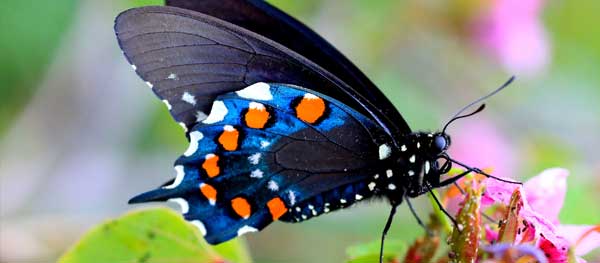
Butterfly Habitat
Wander through our unique, seasonal Butterfly Habitat in the Botanical Garden, and witness the fascinating dance between free-flying butterflies, the plants that sustain them, and their important role as pollinators in the ecosystem. You'll emerge with a better understanding of the environment needed for the survival of these spectacular animals.
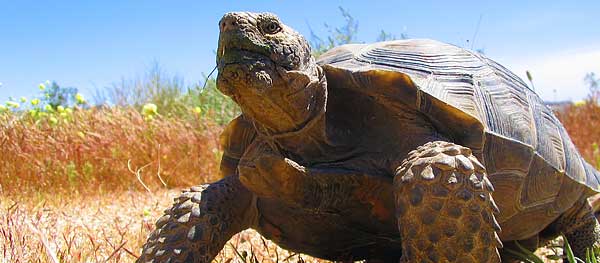
Mojave Max & Desert Tortoise habitat
Visitors can view a small group of desert tortoises, including Mojave Max, at our 15-acre habitat, located on the trails at the property's northwest corner. A federally threatened species, the tortoises are protected with fencing surrounding the habitat, and radio transmitters are used to track the tortoises' movements. The habitat was funded primarily through the Clark County Multiple Species Habitat Conservation Plan.
The Springs Preserve is not an adoption or drop-off site for tortoises, nor does the Preserve accept wildlife donations due to permit restrictions.
